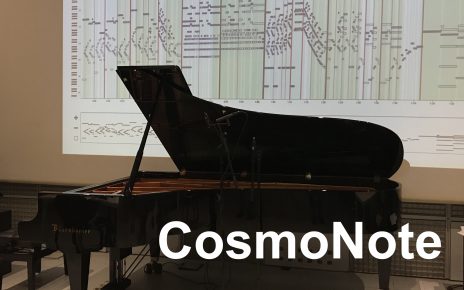Our paper on predicting ensemble musicians’ heart rates using a map of their jointly decided actions (an Interpretation Map) and expressive features of the recorded music is online ! A serendipitous project that emerged while waiting for the lab to run the HeartFM study. See press release by Lizzie Ellen.

Soliński, Mateusz, Courtney N. Reed, and Elaine Chew (2024). A framework for modeling performers’ beat-to-beat heart intervals using music features and Interpretation Maps. Frontiers in Psychology 15: 1403599. https://doi.org/10.3389/fpsyg.2024.1403599

A framework for modeling performers’ beat-to-beat heart intervals using music features and Interpretation Maps
Objective: Music strongly modulates our autonomic nervous system. This modulation is evident in musicians’ beat-to-beat heart (RR) intervals, a marker of heart rate variability (HRV), and can be related to music features and structures. We present a novel approach to modeling musicians’ RR interval variations, analyzing detailed components within a music piece to extract continuous music features and annotations of musicians’ performance decisions.
Methods: A professional ensemble (violinist, cellist, and pianist) performs Schubert’s Trio No. 2, Op. 100, Andante con moto nine times during rehearsals. RR interval series are collected from each musician using wireless ECG sensors. Linear mixed models are used to predict their RR intervals based on music features (tempo, loudness, note density), interpretive choices (Interpretation Map), and a starting factor.
Results: The models explain approximately half of the variability of the RR interval series for all musicians, with R-squared = 0.606 (violinist), 0.494 (cellist), and 0.540 (pianist). The features with the strongest predictive values were loudness, climax, moment of concern, and starting factor.
Conclusions: The method revealed the relative effects of different music features on autonomic response. For the first time, we show a strong link between an interpretation map and RR interval changes. Modeling autonomic response to music stimuli is important for developing medical and non-medical interventions. Our models can serve as a framework for estimating performers’ physiological reactions using only music information that could also apply to listeners.
To read the full paper, follow this link: https://bit.ly/schubert-frontiers




